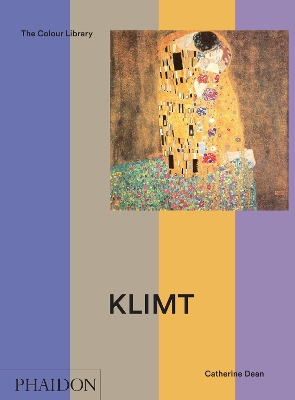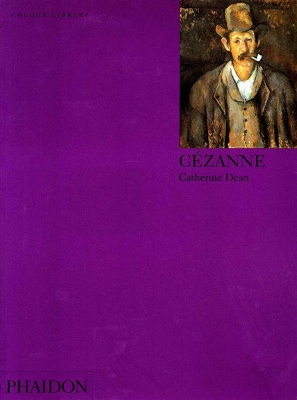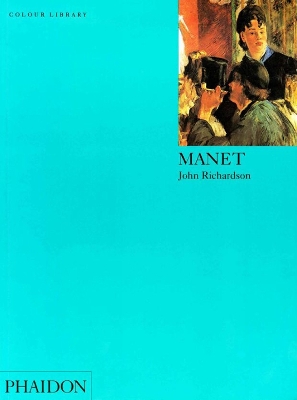Colour library
3 total works
Gustave Klimt (1862-1918) was one of the most brilliant artists of the Austrian avant-garde. Admired for his sensual images of women and for his powerful and original vision, he produced some of the most haunting and evocative images of all time, including The Kiss, Love and The Three Ages of Woman, all of which are included in this perfect introduction to the artist’s work.
Klimt started out as a decorator, opening a studio with his brother Ernst. Some of his most famous commissions were for murals, including the magnificent Beethoven Frieze, painted for the exhibition of Max Klinger’s statue of Beethoven, and the monumental ceiling paintings for the auditorium of Vienna University, which shocked a conservative public. A founder of Vienna Secession, the band of artists who resigned from the established art bodies to form their own group, Klimt became the principal painter of the Art Nouveau movement, painting glittering portraits of fashionable Viennese society as well as
Among the 48 full-page colour plates are examples of Cézanne's monumental landscapes, richly modelled figure groups, and marvellous still lifes, so remarkable for their geometric compositions and their stunning use of colour. Each plate is accompanied by a detailed commentary on the artist's intentions and method, and the illustrated introductory essay discusses the main events and themes of Cézanne's life and work.
These, and many other crucial points – among them Manet’s personality, with its many contradictions - are fully discussed by John Richardson in his introductory essay, an abridged version of the brilliant text which was widely admired when it was first published in 1958 and which started a full-scale revival of Manet studies.
Richardson's classic text was first revised in 1982, with notes to the forty-eight colour plates by Kathleen Adler and comparative illustrations to emphasize the quality, variety and character of Manet’s work. This perfect introduction to the work of such an influential painter is now reissued in an attractive new design.


